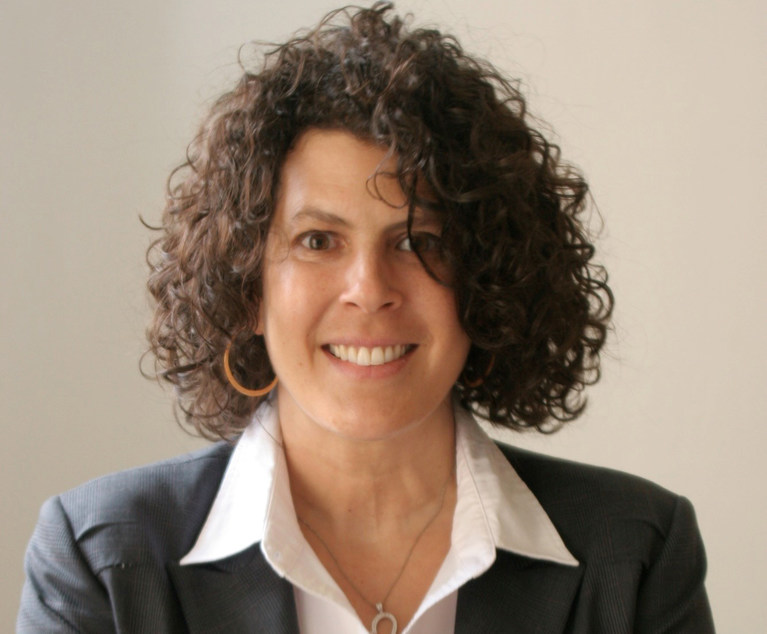The United States welcomes over a million legal immigrants per year, and about half of them arrive in the United States with a green card in hand through the immigrant visa process. During the pandemic years of 2020-2022, however, backlogs in the immigrant visa process have frustrated applicants, family members, employers, employees, and of course, their attorneys. Green card applicants sponsored by family members principally arrive through the immigrant visa process. They may not be able to enter the United States to “adjust status” to lawful permanent resident within the United States. Other prospective immigrants may have an issue that prevents them from qualifying for adjustment of status (illegal entry among other things), or they may simply travel so much that they do not have time to submit an application while in the United States and wait for travel documents. Thus, many opt to get an “immigrant visa” stamp in their passport that allows the holder to enter the United States as a lawful permanent resident, i.e., green card status.
The immigrant visa process entails three steps and three different government entities: U.S. Citizenship and Immigration Services (USCIS), National Visa Center (NVC), and a U.S. embassy or consulate. USCIS processes the immigrant petitions filed by sponsoring family members or employees. USCIS sends the case to the National Visa Center (NVC) which will collect fees and documents to prepare the case for the third step, the visa interview at a U.S. embassy or consulate abroad. This third and final step still poses a huge obstacle, as 90% of the backlog is sitting with just 20 posts according to NVC.


 Myrium Jaidi of Klasko Immigration Law. Courtesy photo
Myrium Jaidi of Klasko Immigration Law. Courtesy photo




